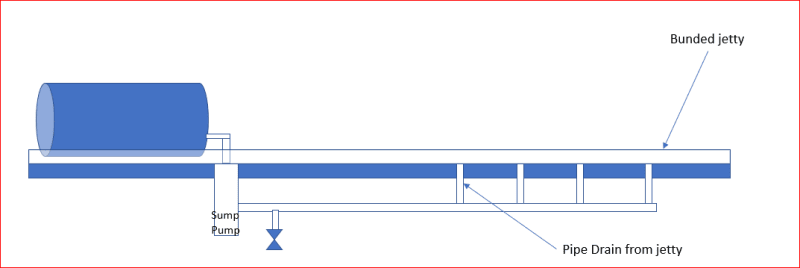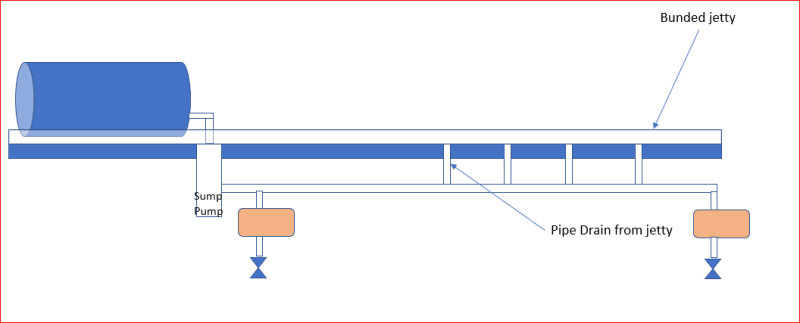Hi All
The bunded jetty I am working at has draining system for rainwater to a storage tank.
(The jetty has fuel import facility, so some traces of hydrocarbon initially)
There is a bypass valve to drain to the sea.
Normally during rain, it will initially drain to the tank.
After 10 min at least, with no trace of hydrocarbon, a manual (bypass) valve is opened to direct the rainwater to the sea.
I was thinking of replacing the manual valve with an "automatic" valve.
Anyone knows any product to suit this task?
The bunded jetty I am working at has draining system for rainwater to a storage tank.
(The jetty has fuel import facility, so some traces of hydrocarbon initially)
There is a bypass valve to drain to the sea.
Normally during rain, it will initially drain to the tank.
After 10 min at least, with no trace of hydrocarbon, a manual (bypass) valve is opened to direct the rainwater to the sea.
I was thinking of replacing the manual valve with an "automatic" valve.
Anyone knows any product to suit this task?


